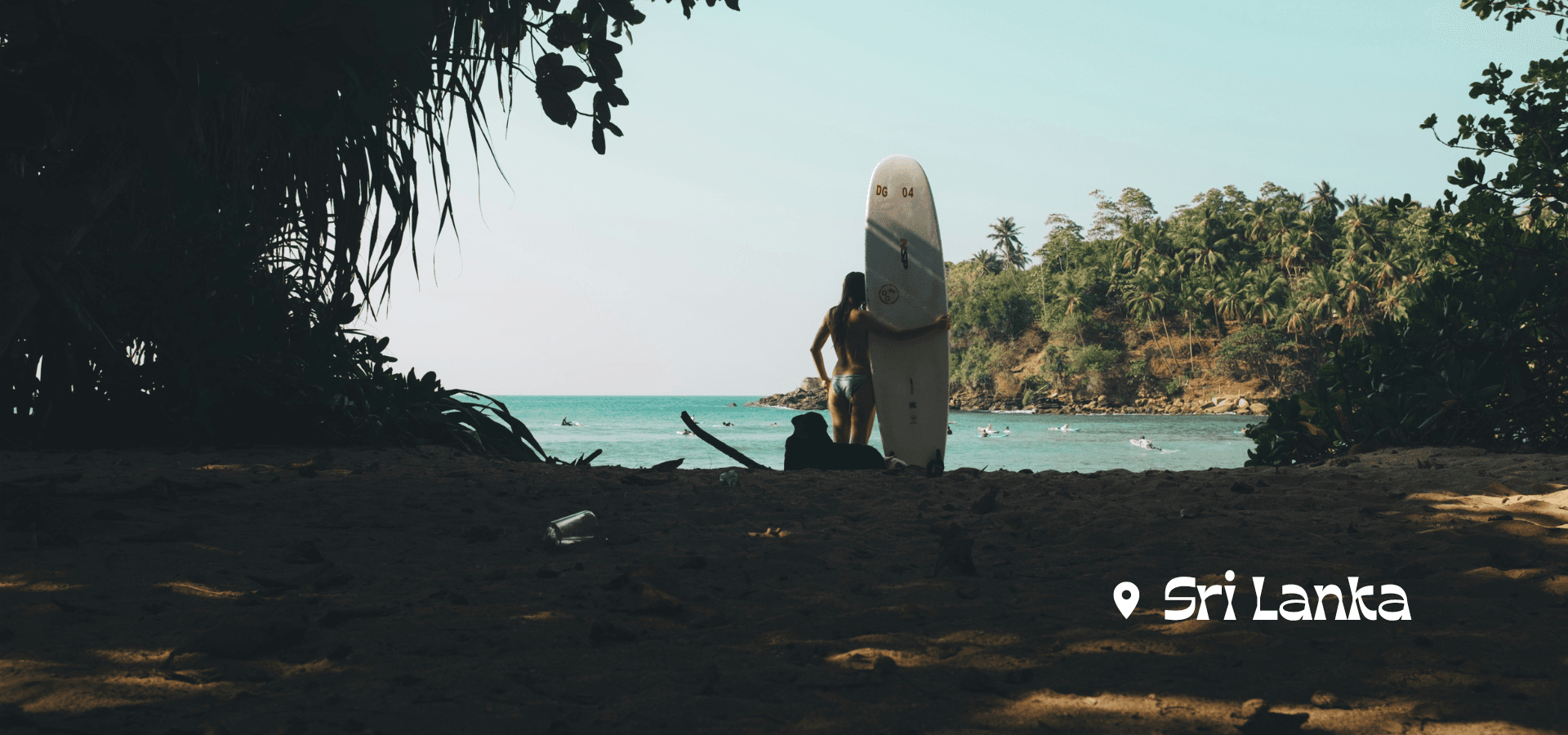Sitting southeast of India’s southern horn, the tiny island nation of Sri Lanka is a swell magnet on its southern side, catching the uninterrupted Indian Ocean stirrings that wrap around its south coast points, reefs, and bays. From the reef breaks and ‘80s-era resorts of Hikkaduwa in the southwest to the barreling waves and elephant tracks of Arugam Bay in the southeast, it’s all covered in our Sri Lanka surf guide. Keep reading to get the scoop on the best spots to hit on the south coast, from west to east and all year long.
The Southwest Coast
Best Time to Go: November to April
Hikkaduwa
In Sri Lankan surf history, Hikkaduwa was one of the first spots along the southwest coast to lure surfers from around the world to its shores. Today, it’s still a hotspot, and a crowded one at that, especially during the high season from December to April. Its eroded beaches and dated buildings may have lost some of the pizazz they had in the past, but Hikkaduwa’s combination of near-perfect A-frame reef breaks, constant swell, and sandy bottom beach break options for the beginners make it worth a visit anyway. Plus, it’s an easy and scenic train ride two hours south of Colombo.
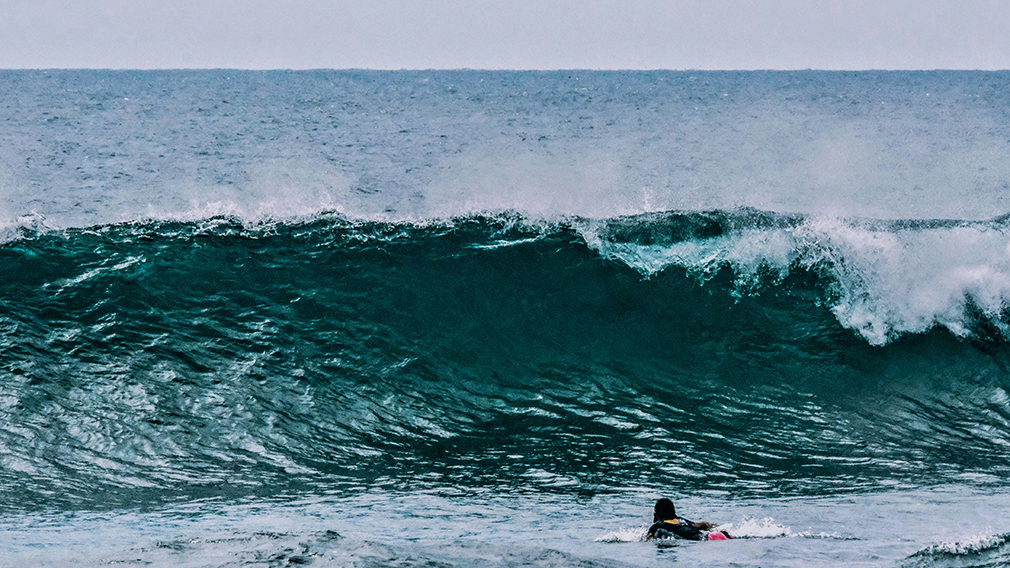
Hikkaduwa Surf Spots
- Benny’s: a fast and steep left-hand reef break for experienced surfers only
- North Jetty: a left-hand reef break with long rides from the point, good for intermediate and advanced surfers
- Main Beach Break: a reef and shore break, best for beginners on the southern end of the beach
- Main Reef Break: a dreamy A-frame over deep reef, known for its long lefts and barreling rights, best for intermediate+
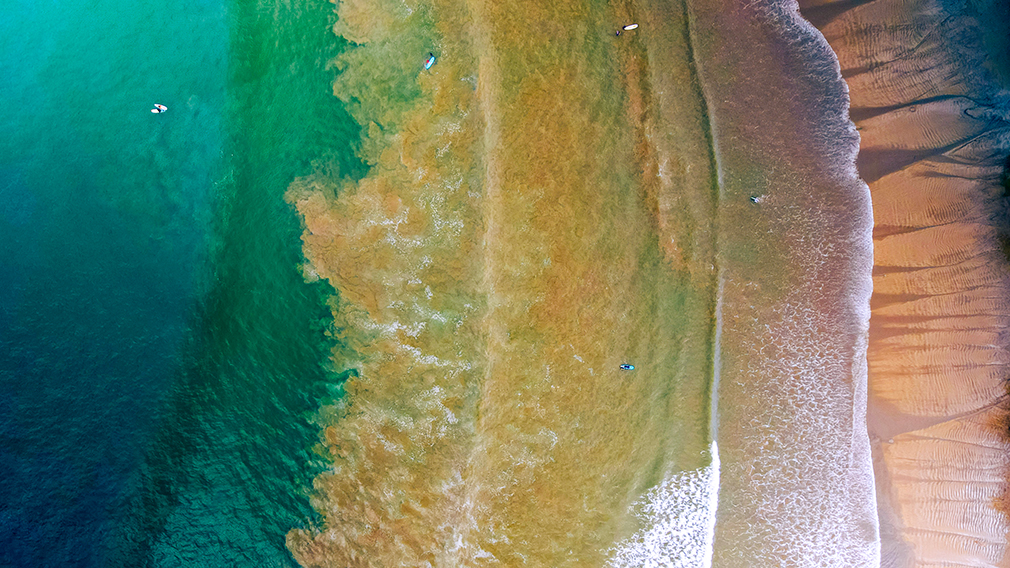
Dewata Beach (Galle)
Farther south from Hikkaduwa, you’ll bump into the sheltered shores of Dewata Beach, a haven for beginners year-round and relatively uncrowded in comparison to Sri Lanka’s other south coast surf hubs. As a point break, it may appeal to the more advanced surfers when the swell kicks up and begins to wrap around the point. Otherwise, it’s clean and consistently mellow most of the year, especially when an offshore is blowing. Out of the water, you’re right next door to the crumbling Dutch-Portuguese fortifications of Galle Fort and the fascinating antique shops, intact colonial-era churches, and fantastic eateries hiding within this UNESCO World Heritage Site and city.

Unawatuna
Ravaged by the 2004 tsunami and yet still among the ranks of the world’s best beaches according to CNN Travel, Unawatuna is a palm-fringed paradise made up of a single street of laid-back lodging and eateries. A combination of beach and reef breaks, some of which are man-made, there’s something to be surfed for beginners all the way up to advanced intermediates in Unawatuna’s bay. And when Unawatuna’s main break isn’t working, the nearby breaks at Clossenberg Beach (what the northwest end of Dewata Beach is called), Bonavista Bay, and Thalpe Reef just might be for the beginners, while Dalawella Reef’s left-breaking waves might satisfy the more advanced. Just be careful with the sea urchins lurking on the rocky seabed beneath.
The South Central Coast
Best Time to Go: December to April
Ahangama
Ahangama is a long, highway-hugging beach town dotted with inviting oceanfront cafes and plenty of surf spots, ranging from its up-and-comer Kabalana to its tried-and-true Marshmallow, Sticks, and Gas Station. Besides the rows of surfboard rental huts on Kabalana’s sands at the far western edge of town, Ahangama is a spot that requires you to have your own wheels and board to make the most of its spread-out swell selection. The wheels will also make it easier for you to enjoy the breadth of good eats awaiting you from Kabalana to Gas Station, too. We’ll give you a few to start with: Veda Cafe for a veg-friendly $2 all-you-can-eat rice and curry buffet; Crust for one of the best wood-fired pizza pies in town; and Kaffi Ahangama for beachfront baked goods and a comfy coworking space during the daytime.
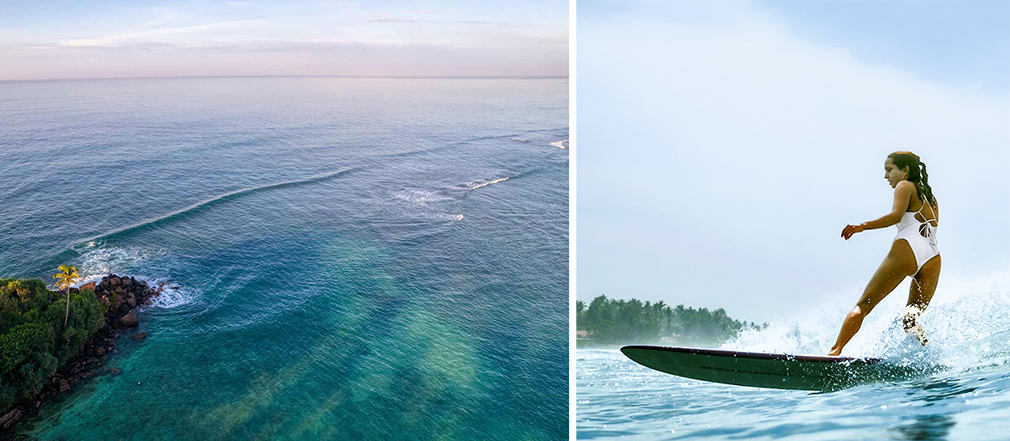
Ahangama Surf Spots
- Kabalana Main Break: beginner-friendly beach break when the swell’s not too big, with room for long rides in the white water
- The Rock (at Kabalana): a chunky, powerful A-frame reef break and one of Sri Lanka’s best, can barrel in both directions
- Sticks: a soft-breaking A-frame reef break with multiple peaks when waves are up to head high, otherwise quite powerful, best for intermediate to advanced surfers
- Marshmallow/Insight: a rolling, mellow wave over deep reef with both lefts and rights, great for beginners ready to catch their first green and reef break when it’s small
- Gas Station: a shallow reef break with both lefts and rights, best for intermediate and advanced surfers
Midigama
No Sri Lanka surf guide is complete without mentioning Midigama, your breath of fresh air on the south coast of Sri Lanka. It’s still charmingly authentic, with not a single western eatery in sight and just locals and surfers milling about. This (likely fleeting) example of what Sri Lanka’s south coast was like before tourism kicked in sits right at the heart of its surfing possibilities. With a few breaks of its own, including the pair of soft-breaking, longboard-friendly rights and lefts right out front, aptly named Lazy Left and Lazy Right, it’s the perfect base to have every break on the south coast within easy reach on a scooter or by bus. Bonus: You can enjoy the peace and quiet of a sleepy town to return to between surf sessions.
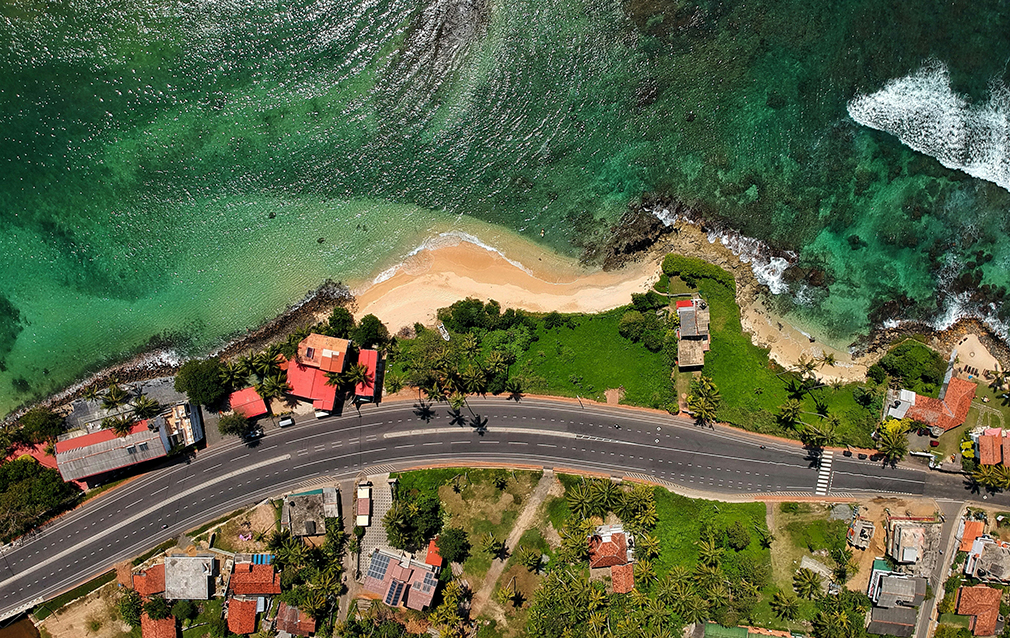
Midigama Surf Spots
- Lazy Left and Right: part of the same bay, this usually mellow pair break over deep reef, are easily accessible by a channel from the beach, and great for advanced beginners ready to surf their first reef break – Lazy Left is a bit steeper and faster, while Lazy Right has multiple peaks that help spread out the crowds
- Plantations: a softer-breaking reef break with a nice mix of lefts and rights across several peaks, can hold waves up to head high
- Coconut Point: a powerful A-frame over shallow reef that comes alive during bigger swell
- Rams: an advanced-only reef break over shallow and sharp coral with steep and fast lefts and short, barrelling rights
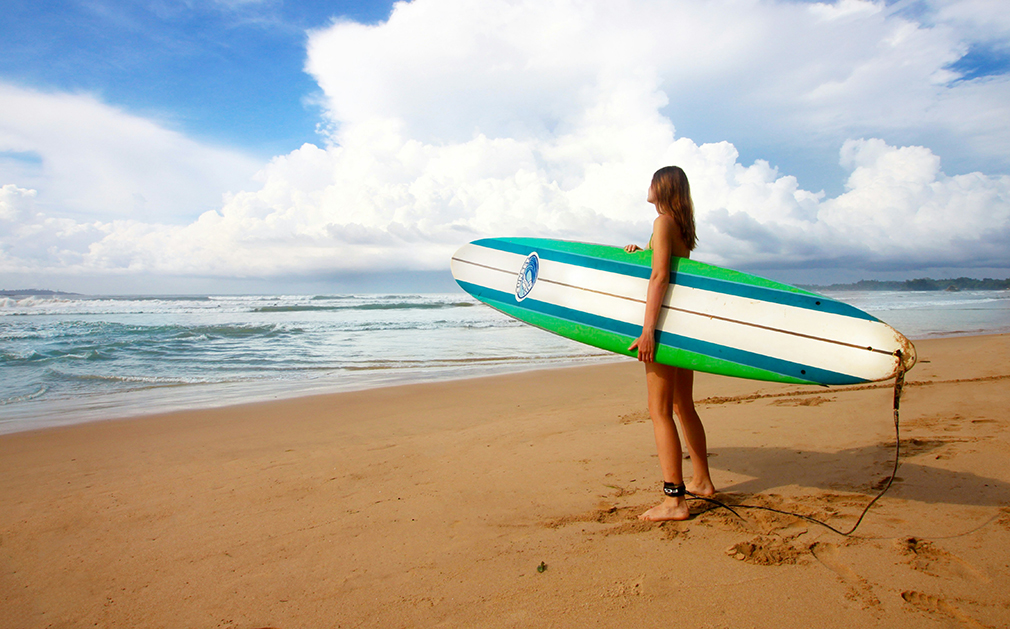
Weligama
These days, Weligama is synonymous with beginner-friendly surf—and often the flying boards, collisions, and innocent drop-ins that go with it. Stick to the whitewater with an instructor and you’re golden. Venture out to the line-up at this beach break and it’s truly anything goes. Crowds and chaos or not, Weligama is hard to beat when it comes to consistent, bay-protected, beginner-friendly waves on your doorstep, a balanced mix of local life and tourist town vibes, and ease of access via train, bus, and your own two wheels. There’s a lot happening both in the water and onshore in Weligama, and for many that makes it the perfect south coast surf base.
Mirissa
While not the most approachable Sri Lankan surf spot for beginners, Mirissa has a few spots those who paddle out come to fall in love with. According to Priyal Kiramage, local surfer and founder of Surf & Yoga Retreats, Mirissa is one of Sri Lanka’s most reliable and friendly surf destinations with loads of peaks and breaks to choose from, accommodating locals usually willing to share them with you, and a bay topography that means its waves are hardly ever affected by onshore winds. The town itself is slightly less bustling than Weligama to its east, yet bursting with an incredible selection of restaurants, shops, and places to stay. Another highlight? There are daily baby turtle releases on the beach during the high season. What’s not to love?
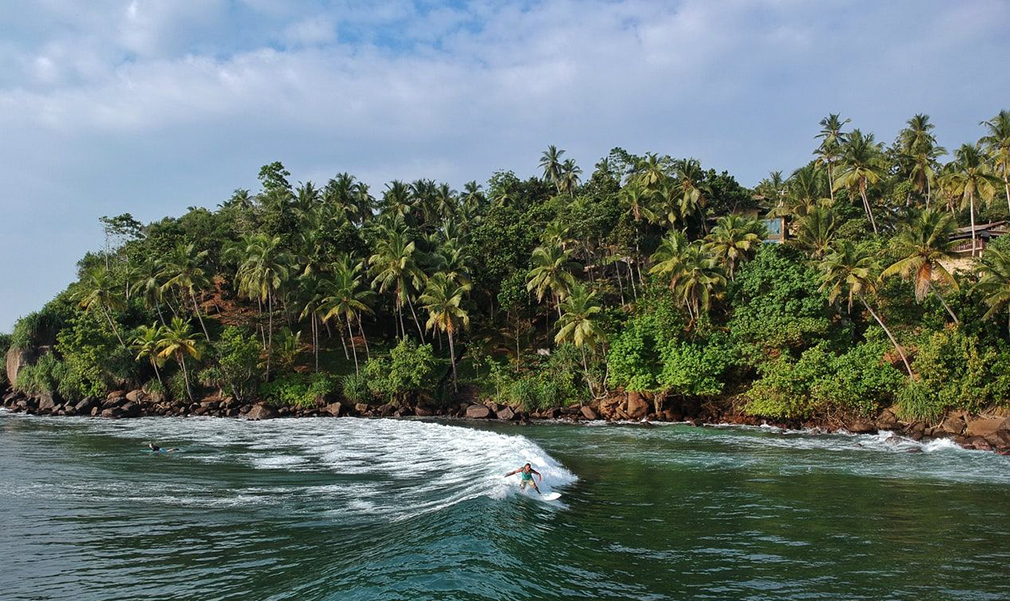
Mirissa Surf Spots
- Giragala: not for beginners yet full of them, this easy left-breaking wave is great when working and at least three feet, just beware of the rip currents during high tide
- The Point: an urchin-studded reef break on the western end of the bay with mostly rights and sometimes a punchy left when it gets to four feet or higher
- Temples: a fun left-hander for longboarders and fast-peeling right for shortboarders that’s located just after Coconut Tree Hill, works best with a swell of around six feet and a light offshore wind
- Three Palms: a short and punchy reef break that breaks fast on a low tide and mellow on a high tide, beware of how shallow it can get at low tide
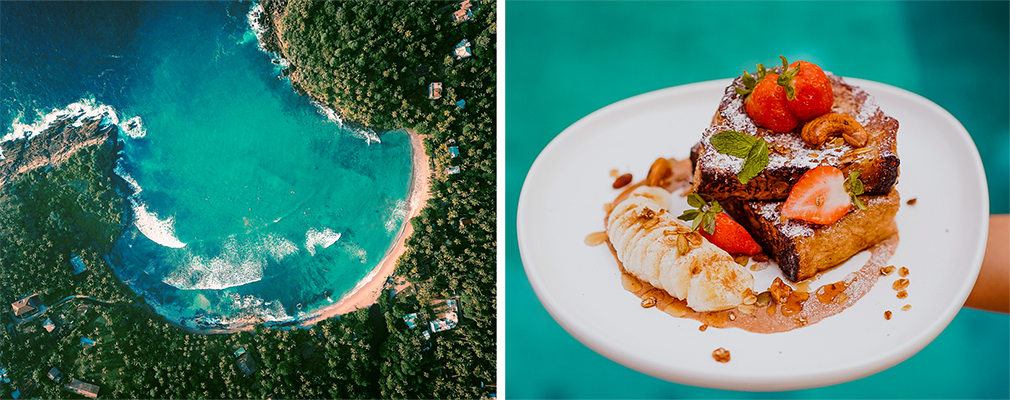
Hiriketiya
This all-level Sri Lankan surf spot sits in a beautiful crescent-shaped bay in an atmospheric town masterfully integrated with the jungle that was there before. Once a secret, this Sri Lankan surf town certainly is no longer, as its shores are dotted with an increasing number of tourist-catering eateries, accommodations, yoga studios, and even an ATM—something it didn’t have even a year ago. Rute Coutinho of The Salty Pelican Yoga & Surf Retreat shared that what makes Hiriketiya so special is that it’s one of the few places on the south coast where you can actually surf year-round, though November to April is going to be best for monsoon-driven consistency. Expect mostly gentle rollers, she says, with a few fast and challenging breaks by the point—a longboarder’s dream, especially from mid to high tide when it’s really working with the offshore.
The Southeast Coast
Best Time to Go: June to October
Arugam Bay
The only surf town on the southeast coast of Sri Lanka, Arugam Bay starts working roughly around the same time the entire rest of the south coast suddenly stops. This means June to October is when the wild, wild east of Sri Lankan surfing comes alive. According to Fawas Lafeer of Safa Surf Camp in Arugam Bay, it’s not uncommon to wander into an informal safari experience when in Arugam Bay, as everything from elephants to peacocks, and even crocodiles frequent the area. Once out in the surf, there’s usually nothing dangerous to worry about, not even a reef, shark, or sea urchin. Just beautiful barrels at Okanda and Pottuvil Point and beginner-friendly peelers at Baby Point and Elephant Rock.

Arugam Bay Surf Spots
- Main Point: a powerful and long right-hand point break that occasionally barrels, good for intermediates and advanced surfers only as the take-off is steep and it breaks over a shallow sand and reef bottom
- Baby Point: a shallow right-hand break that is actually just the same waves of the Main Point making their way into the bay and losing power, perfect for beginners due to its gentle take-off, sand bottom, and low risk of closeouts
- Pottuvil Point: a long right-hand point break with a mellow take-off, short rides, and the occasional barrel, good for intermediates and best on a big swell
- Peanut Farm: home to two sand-bottomed beach breaks, the main point, a powerful right-hander that sometimes barrels, requires a steep takeoff in front of rocks while the smaller point is usually much more mellow and clean
- Whisky Point: a right-hand point break and one of the few spots that works year-round, especially for longboarders, mellow to moderate take-off into a long wave with some powerful sections, good for intermediates
- Elephant Rock (Crocodile Rock): a fast and fun right-hand point break located on the other side of a crocodile-laden lagoon, best to surf it with a local who knows the spot well, good for beginners and intermediates
- Lighthouse (Komari): home to three right-hand point breaks, best for more experienced surfers, located about a 40-minute drive from Arugam Bay
- Okanda: an advanced surfers-only right-hander with three point breaks to choose from, sometimes with steep and powerful barrel waves on a big swell, a bit remote, but worth the scenic one-hour drive south from Arugam Bay
- Panama Point: an off-the-beaten-path right-hand point break, good for beginners and intermediates




